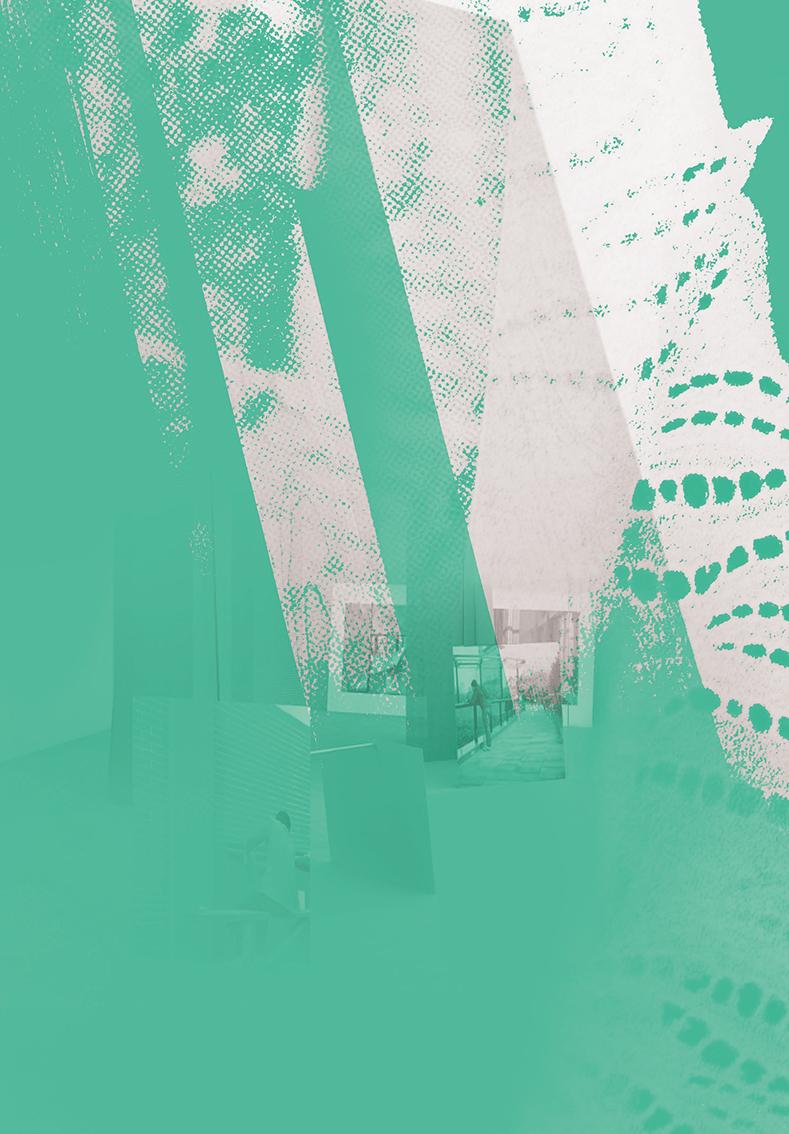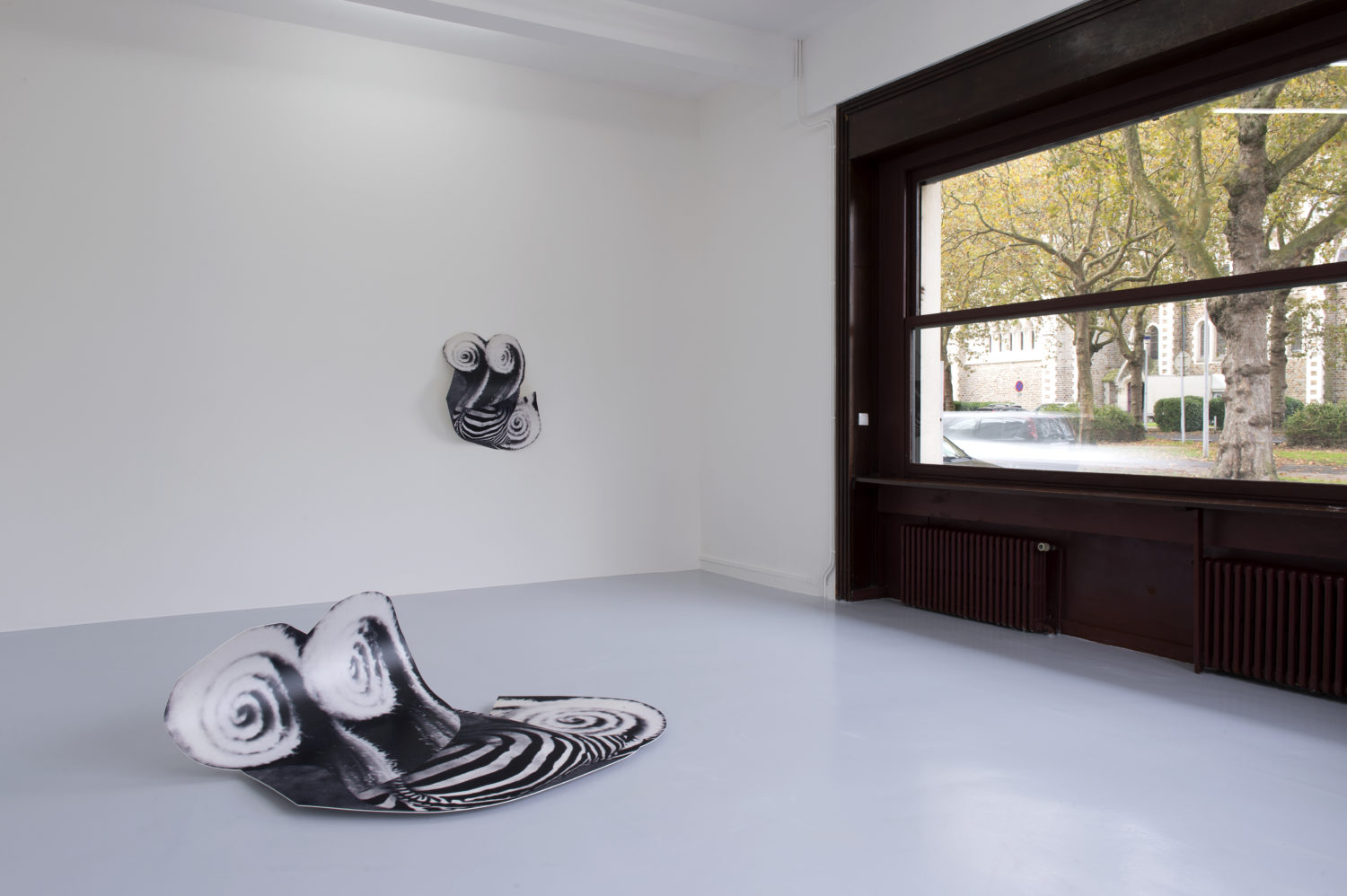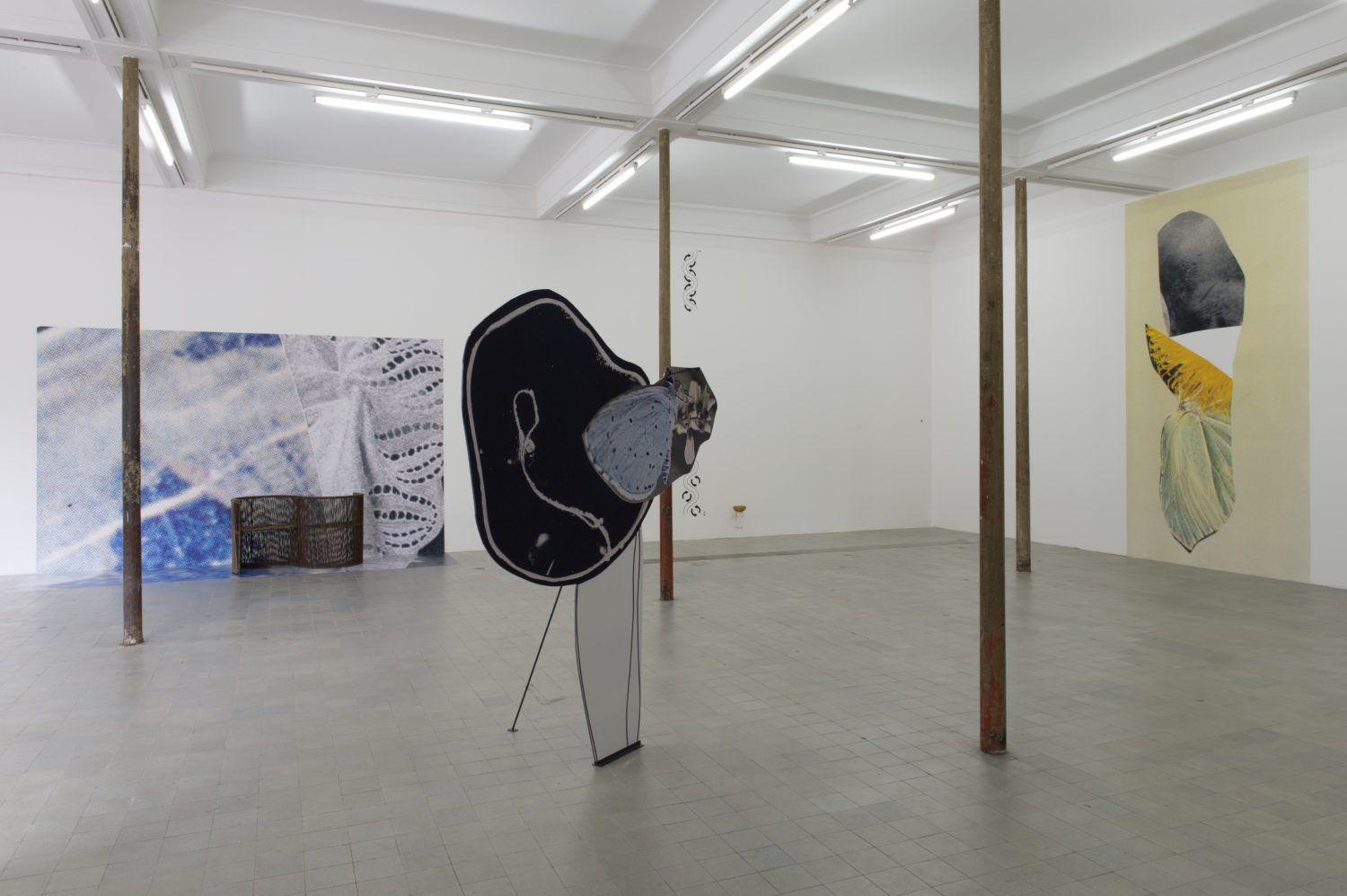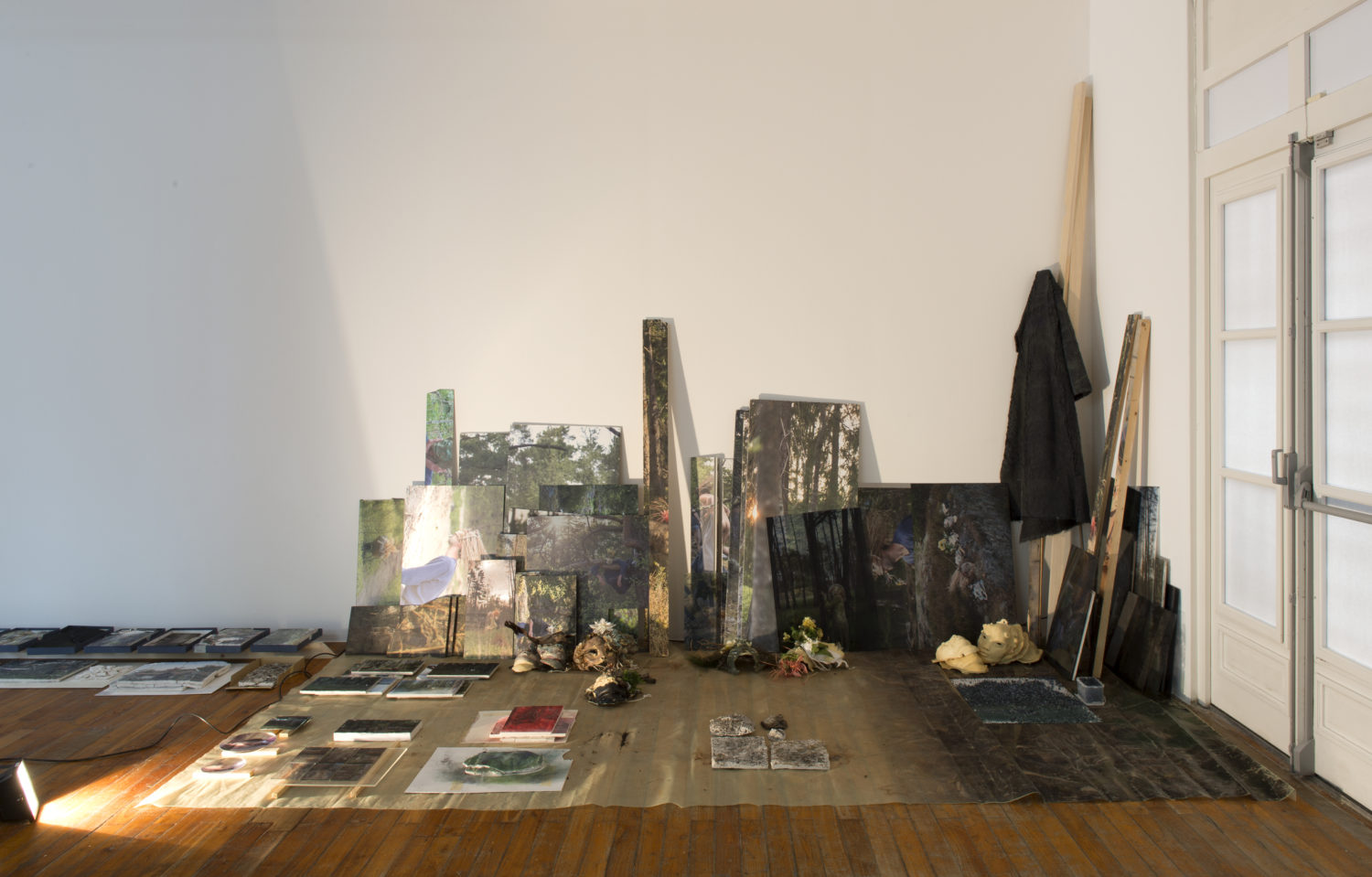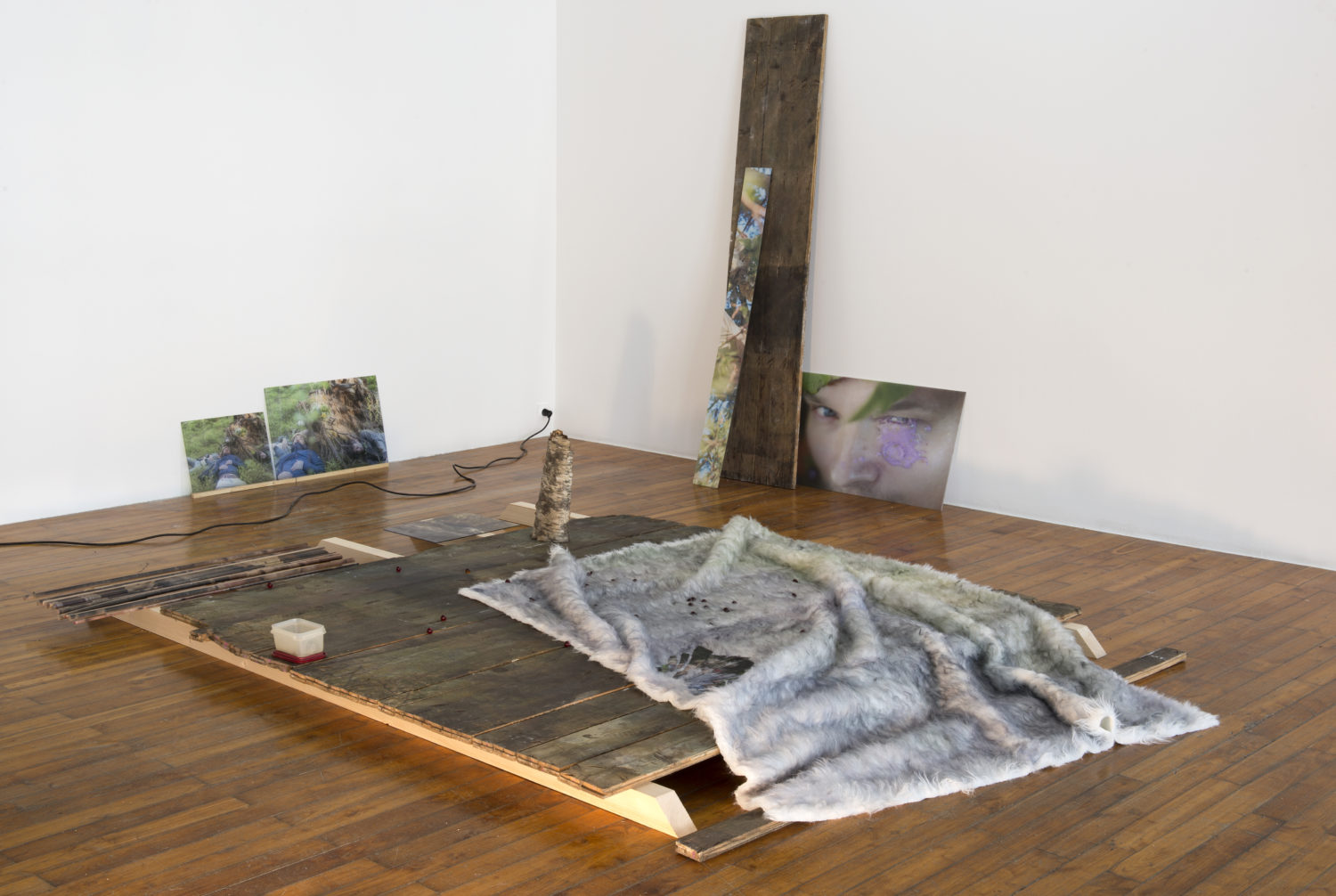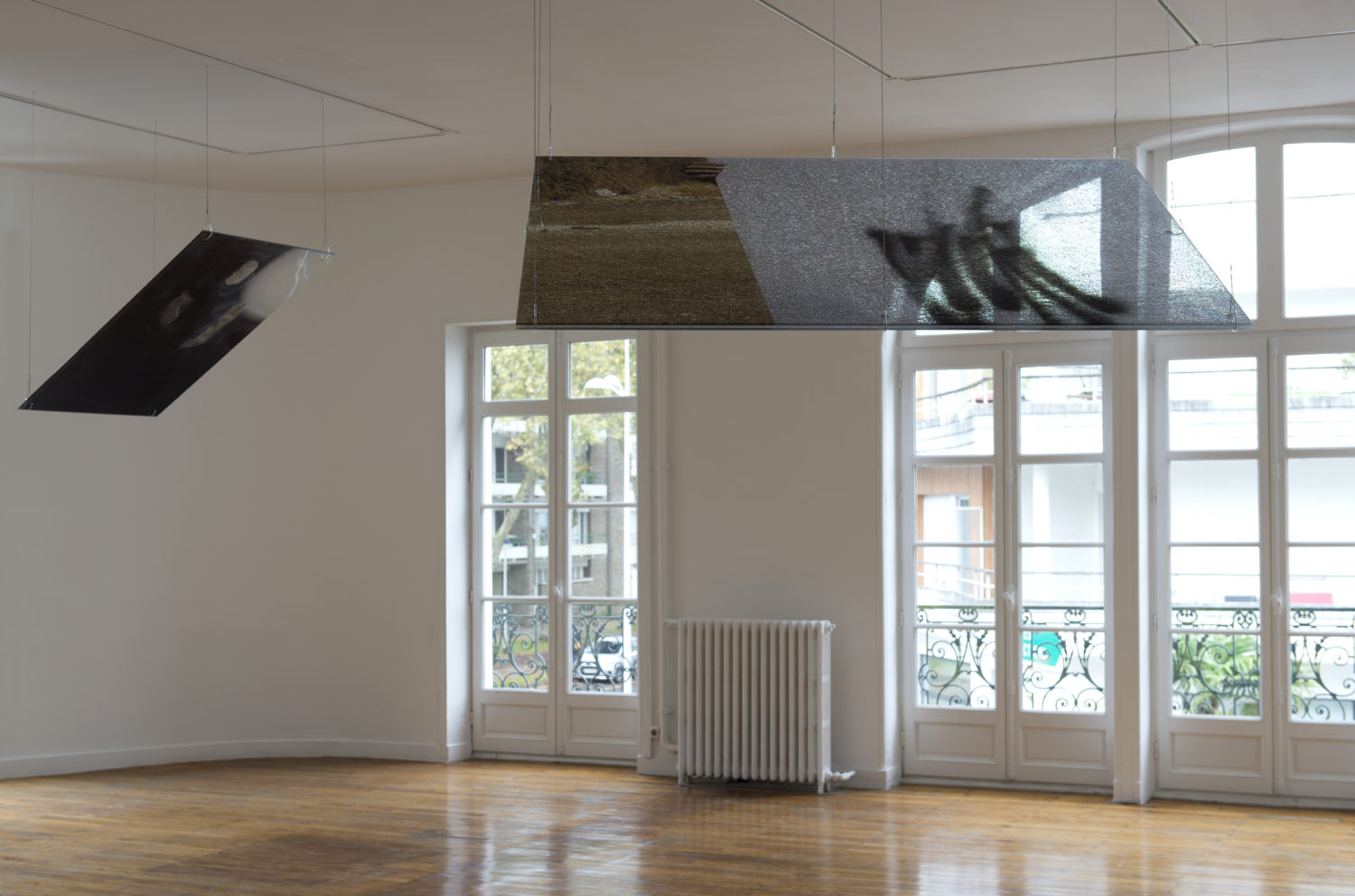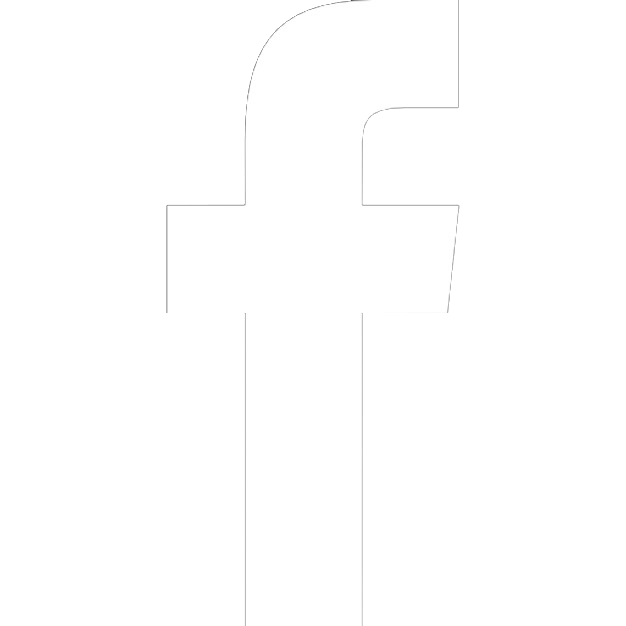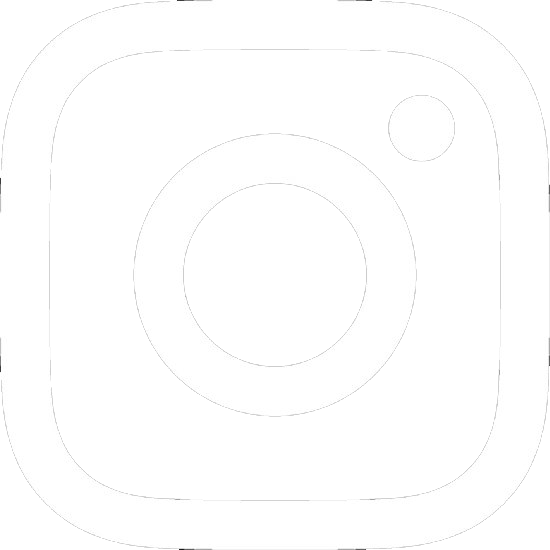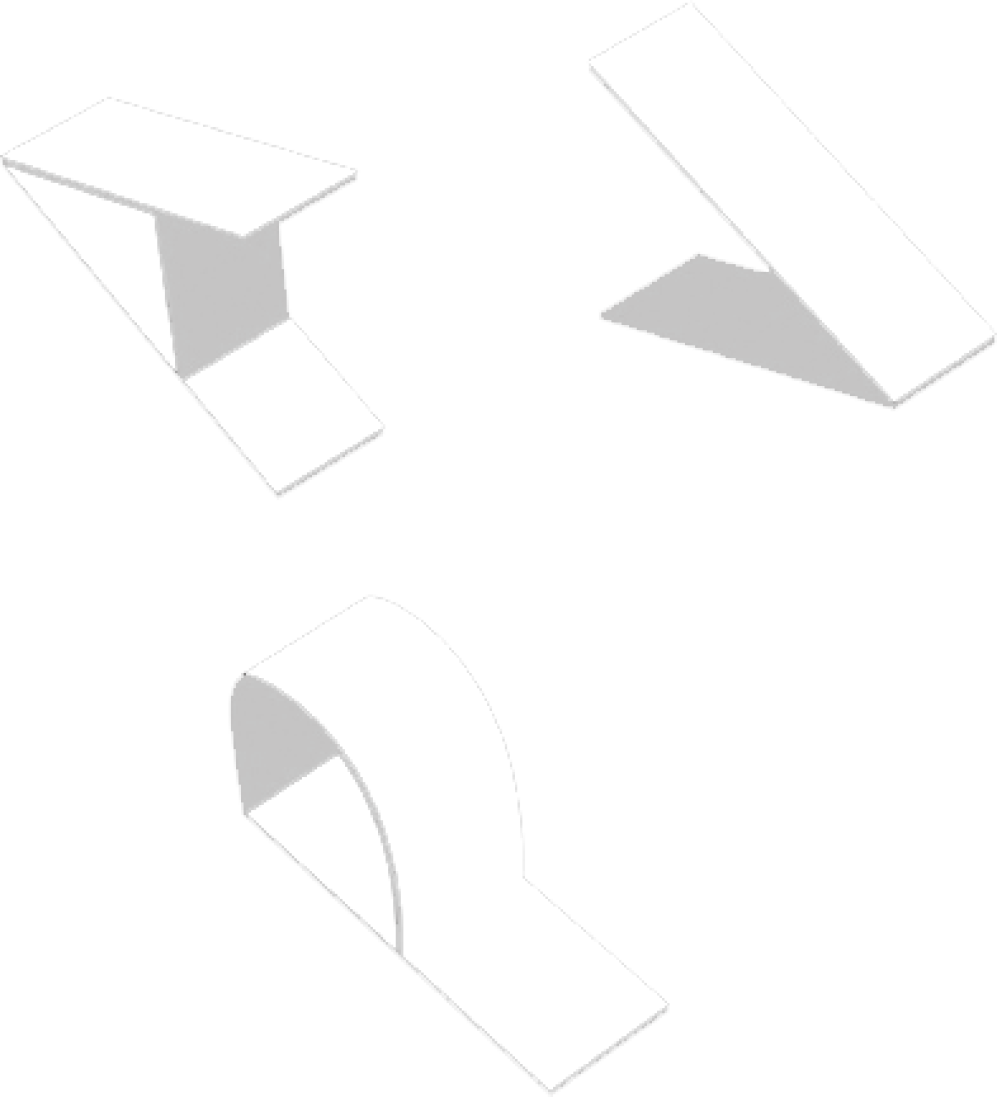Available documents
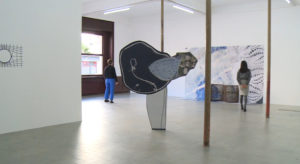
L’Échappée belle, Éléonore False, Aurélie Pétrel, Pétrel ǀ Roumagnac (duo), 2019
Directed by Sylvain Huet / Avis d’Eclaircies
Exhibition
In a world where images are now experienced through screens and digital streams, the exhibition The Great Escape is a parallel presentation of work by two artists who reconsider the potential of the printed or photographic image.
Éléonore False and Aurélie Pétrel multiply viewpoints, collages and superimpositions to create new visual experiences with multiple perceptions that engage the viewer in a physical and direct reading of the works. The intangible images that they make, solo or as a duo, are developed through a process of incomplete transformation that, in time, induces a sense of confusion. The image appears and disappears. The visual ellipsis of Aurélie Pétrel’s work, along with the theatrical reserve that images have in her practice with Vincent Roumagnac – finds an echo in the work of Éléonore False, where reserve is envisaged as an inexhaustible source of signs to be brought into view.
The viewer responds by going on a mental excursion led by Éléonore False and Aurélie Pétrel. The works become elements that trigger the outline of a narrative and activate the imagination. In its own way, each work detaches itself from the representational and narrative role that is conventionally assigned to images. The experiences that they summon up encourage a Great Escape, beyond the focal point of habit.
Éléonore False and Aurélie Pétrel show the processes of genesis and growth that give rise to forms. They mix up deferred perceptions of time: mutating forms, stages of work, recursion or reconfiguration that act in a field of forces and make the image into a mobile medium.
Finally, the two artists employ strategies such as the passage of an image from surface to volume, or the interplay of fragments and sequences, in a playful and poetic reflection on the mutability of images, their currency, and their potential to open onto undefined realities.
ÉLÉONORE FALSE
Ground floor / Small room
Éléonore False writes with images that she consults, accumulates and cuts up. In particular, the printed image holds her attention. Her research method is intuitive and unpredictable, and her sources are diverse although tending to be concentrated on the 1970s and 80s: books about dance and about nature, scientific papers and medical imagery, art and historical catalogues, inclining towards ancient objects and ornamental jewellery. For a long time, only images caught her eye: she nowadays also includes certain titles, texts and graphics as vehicles to echo and resonate with the visual fragments that structure her installations. These develop across several stages of construction and assembly: the artist starts by collecting images, all of them treated fragmentarily and in combination, to establish a new imaginary order animated by its own organic logic. In Saint-Nazaire, with a fine group of new productions, the artist explores different phenomena of remediation1, passages from one medium and/or media to another, from one printed form to another, from the space of a book to the space of an exhibition.
Arranged in space on different scales, Éléonore False’s images leave the flatness of the page to marry up with the walls and the floor, change size and become volumes, like Z and z, the two zebra-striped sculptures presented in the smaller gallery. They evoke two different phases of growth and play graphically on a visually disturbing kinetic effect. The images become motifs, without a visual reference point they detach themselves from specific knowledge and let themselves be seen fantastically in any number of hypothetical interpretations.
Ground floor / Large room
In the large ground floor gallery of Le Grand Café, the artist arranges specific extracts from a work of popular science2 directly onto the walls: enlarged to the scale of the architecture, there are no visuals or body text left on the pages. The areas excised by the artist remain perceptible by their absences and make the whole come alive. What is left are geometric diagrams that translate natural phenomena into stable structures. The whole thing, which finishes off the incomplete page layout, is applied to the walls as vinyl cut outs: characters and schemas flicker, liberated from their primary referential function. Their softened contours perhaps attest to the disturbance at work in them. We can see the mark of Éléonore False in this typographic listlessness: she constructs a temporal assembly for the printed materials that she selects and attributes new modalities of appearance by multiplying variations and shifts in scale, here too small, elsewhere too large, seeing clearly or as a blur, the visitor has to make a vain effort to focus.
These assemblies display composite bodies drawn from diverse registers of imagery, bringing together the vegetable and the mineral, animal motifs and anthropomorphism. The imaginary can flourish here in the transversal associations, multiple universes, analogical couplings and ambiguous textures. In this criss-crossed interplay, the artist always highlights the lightness of fragments, preserving the mystery of these bodies and their undeniably choreographic quality.
The artist also installs objects, such as Too Far Forward which is made up of a wicker love seat – a double seat in form of an ‘s’ – and wallpaper that unrolls from the wall down to the ground. The weave of the seat’s material, combined with a visual that splits the chromatic circle, generates an optical vibration and a sensation of movement. An optical game is set up between the woven motifs of the images and the moiré effect of the object, whereby surfaces are hollowed out and form extends in mental space. Éléonore False was trained in textile design and is familiar with the decorative arts, so takes a close interest in processes borrowed from craft. The artist makes a reference to glasswork as well as wickerwork, by dispersing two blown glasses in the space together with a water carafe and a tray. These objects, deprived of their primary use and precariously hung, summon up a different experience. Here, the artisan cutting the hot glass becomes an image: image of a gesture.
Finally, in the middle of the room, the artist displays a two-sided collage printed onto aluminium composite board: the elevated object feels precarious, suggesting the interplay of an image’s composition and its uncertain verso, fragments issued from mistreated cut up texts whose semantic content is no different to any other visual material. While the ideas of volume and anamorphosis often show up in Éléonore False’s creations, she never renounces its contrary – the flatness stretching out, the stratification of two-dimensional images rather than solidified 3D. A vast network of correspondences faces the viewer, allowing for an inventive navigation, skim reading, a mental pathway not far removed from the hypertext navigation of the internet era except that in this case the screen plays no role whatsoever in the materialisation of images. The fragile equilibrium of the installation depends upon it rendering the intelligible image in other ways: while some referents are identifiable (a fragment of a flower or a butterfly’s wing, a medical drawing, a cellular study), Éléonore False is much more attached to another, more elusive and more dreamlike, capacity for perception. The artist trusts the eye’s unpredictability, and that vision, within the exhibition space where the visitor’s own body is part of the assembly process, reconciles sensations to reveal the image by its “inside space” (Henri Michaux)3 .
Notes
1 – The expression comes from Jérôme Dupeyrat, who is quoting Jay David Bolter in his book Remediation : understanding new media, published in 1998. Bolter analyses the passage from one medium to another in the work of an artist: this passage does not pose the question of replacing one medium by another, but most often shows a plural media logic.
2 – This is Peter S Stevens’s book, Patterns in Nature, a fascinating work which compares soap bubbles to tortoiseshell, splashes of milk to galaxies, the spiral of a shell to the bifid tendrils of a vine, passes from the structure of a head of maize to continental drift and from the shell of a crab to the domes of modern architecture— all to bring to light the fundamental structures at work in nature.
3 – Henri Michaux, L’Espace du dedans, Gallimard, Paris, 1944
AURÉLIE PÉTREL
First floor
The photographic work of Aurélie Pétrel opens out its deep potential to correspond with other artistic fields, including installation and architecture. The artist focuses on the experience of looking, carefully applying herself to the analysis, perception and understanding of images. Aurélie Pétrel’s images are de facto never treated head-on: they are based on the principles of time and history as loops, on legibility and erasure. Her works are recalcitrant, attracting attention precisely because of the threshold effects they include, and suggest that looking is an adventure, from the real towards the liberation of a latent abstraction, from obliteration towards the revelation of a captivating world.
At Le Grand Café, Aurélie Pétrel presents de rêves, pièce photo-scénique n°1, acte IV [of dreams, photo-scenic work n°1, act IV] a project conducted in duo with her long-time collaborator, theatre director Vincent Roumagnac. Both her practices (solo & duo) are very separate, even though they feed into each other. The particular forms developed by the duo Pétrel ׀ Roumagnac are balanced between theatre and photography, calling into question the conditions of public visibility and subject to multiple protocols of activation and temporality.
On the first floor of the art centre, the duo devise a fourth version of their photo-scenic play inspired by William Shakespeare’s A Midsummer Night’s Dream: in a strange and somewhat magical forest, for the time of an enchanted and dream-like summer night, the English playwright multiplies the comings-and-goings, love scenes, and transgressive encounters. The material that this woodland sensuality provides is rewritten: in the company of Swiss artist Nagi Gianni (who conceived the masks) and Finnish choreographer Simo Kellokumpu, Aurélie Pétrel and Vincent Roumagnac have translated and freely adapted the whole Shakespearian play into scenes and photographs. Questions of transformation and reconfiguration are crucial in this play, where everything is in metamorphosis. Over the weeks, the public in Saint-Nazaire will be able to discover five activations of this drama. The exaggeratedly-lit stage becomes the theatre for multiple circulations and superimpositions of materials: masks, plants, fake fur, and photographs printed onto many unusual supports, among them wood, plaster, clay, papier-mâché and two glass lenses. The visitor is encouraged to come back, the duo de-intensify the usual theatrical performance, and narrative and attention both incline toward fragmentation.
In this theatre of objects, broken-up images win out and nothing is stationary. A storage area faces the stage, where those elements that were not yet used remain on view: like a reservoir of different elements on standby. So de rêves appears while it is dormant, between one metamorphosis and another, and as a potential reconfiguration yet to come.
Pétrel ׀ Roumagnac (duo) make a space for themselves between theatrical scenes and installation, where everything is significant and where the elements that are present manifest the Shakespearian comedy without ever saying too much. When does the work happen? When Aurélie Pétrel and Vincent Roumagnac come together they interrogate the moment that the work is visible, reinserted here in the present and nevertheless perpetually deferred.
An autonomous and complementary work by Aurélie Pétrel is opposite de rêves, suspended in a different perception of time. Freed from the floor, the diptych that she developed for Saint-Nazaire echoes her earliest experiments with the technical production conditions for photographic material: embracing transparencies and reflections, she frequently uses photographic plates to begin laying out structures. On the one hand, the glass refers to the origins of the negative image, and, on the other hand, allows her to bring in the interplay of perception and materiality.
Aurélie Pétrel has decided to show here the first stages of the photographic research that she is involved with at the moment. Her practice since the 2000s has been oriented around geographical hubs and great emblematic cities in particular: New York, Montreal, Tokyo, Shanghai, Berlin, Paris, Geneva. More recently, she is working in a new location that could be the keystone for her other anchor points: Beirut, at the heart of the most contemporary questions of geopolitics. Aurélie Pétrel immersed herself in the site, plunging into the history of the city through an amateur collection of photographic archives, which she re-photographed to extract her own series from it. Two frames drawn from this body of work are presented at Le Grand Café: the first shows a photographic plate from a Syrian professional photographer’s studio that dates from 1920-30. It is a seated portrait, frontal, with the arms on the knees, which has originally been tinted on the face and forearms. A violent detail caught the artist’s attention: the face, like other faces in this collection of photographs, has been struck out, censored, obliterated. While Aurélie Pétrel accepts this attack on the image and retains it as a decisive punctum4 , she does not try to emphasise it, on the contrary her image consciously leads towards an abstraction of the original material, through the metallic reflections of the surface, an almost pictorial Matterist softness and an enigmatic transparency.
The second image sets up a situation: on a Beirut parking lot, the artist has photographed the crossings-out from these last-century plates reproduced in spray paint on a Grand Aigle format5 . The striking-out gesture takes on the appearance of protest graffiti, and echoes the palpable tensions that the artist felt there. The image is presented on a broken glass plate, clasped between two other glass surfaces. Aurélie Pétrel is unveiling a layered scenario here, where diversity (perceptual, conceptual) disperses and condenses freely in a single entity. A troubling universe is revealed in the natural light that traverses the diffracted and transparent image, defined by the focal lengths that are continually remaking themselves.
Once again, the image operates as an inquiry on the edge of the visible: it translates the circulation of looking so essential to Aurélie Pétrel’s work, her yearning to pass from one space to another, and to organise the interplay of a profound spatiotemporal manipulation based on overlapping realities and perceptible correspondences. The unresolved work can thus be read as “a sum of procedures; over the form, she prefers the establishing of a relationship, over the univocal, the tangle of significations left to the conceptualisation of the observer.”6 Once again, the artist invites us on a sort of mental excursion, between support and surface, graphic mark and topography, the mystery of the image and its elucidation.
Notes
4 – A notion articulated by Roland Barthes in Camera Lucida: “punctum is also: sting, speck, cut, little hole – and also a cast of the dice. A photograph’s punctum is that accident which pricks me”.
5 – 75 × 106 cm
6 – From Emmanuelle Chiappone-Piriou and Aurélien Vernant’s text, L’art et la manière : vers une architectonique de l’image située in the Aurélie Pétrel monograph Exagraphie, to be published by ExposerPublier.
Texts:
Introduction : Le Grand Café – contemporary art centre
Éléonore False’s text: Éva Prouteau, art critic and Le Grand Café – contemporary art centre
Texte First Floor about Aurélie Pétrel: Éva Prouteau
Production
Artworks
50 x 130 x 70 cm
Inkjet printing on paper
340 x 370 cm
Produced with the support of the National Foundation of Graphic and Plastic Arts
30 x 15 x 25 cm
Made with the CIAV Meisenthal (International Glass Art Center) and the Delme Synagogue
36 x 36 x 10 cm
Made with the CIAV Meisenthal (International Glass Art Center) and the Delme Synagogue
Raw elements, cleats, plates
aluminum, plasterboard
Variable dimensions
Courtesy Valeria Cetraro Gallery, Paris
Biographies
Aurélie Pétrel
Born in 1980.
Lives and works in Paris, Romme (France) and Geneva (Switzerland)
The artist is represented by the Ceysson & Bénétière (Paris) and the Gowen Contemporary (Geneva) galleries.
gallery website
personal website
Pétrel | Roumagnac (duo)
Vincent Roumagnac was born in 1973. He lives and works between Helsinki and Paris.
The duo is represented by the Galerie Valeria Cetraro (Paris)
gallery website
